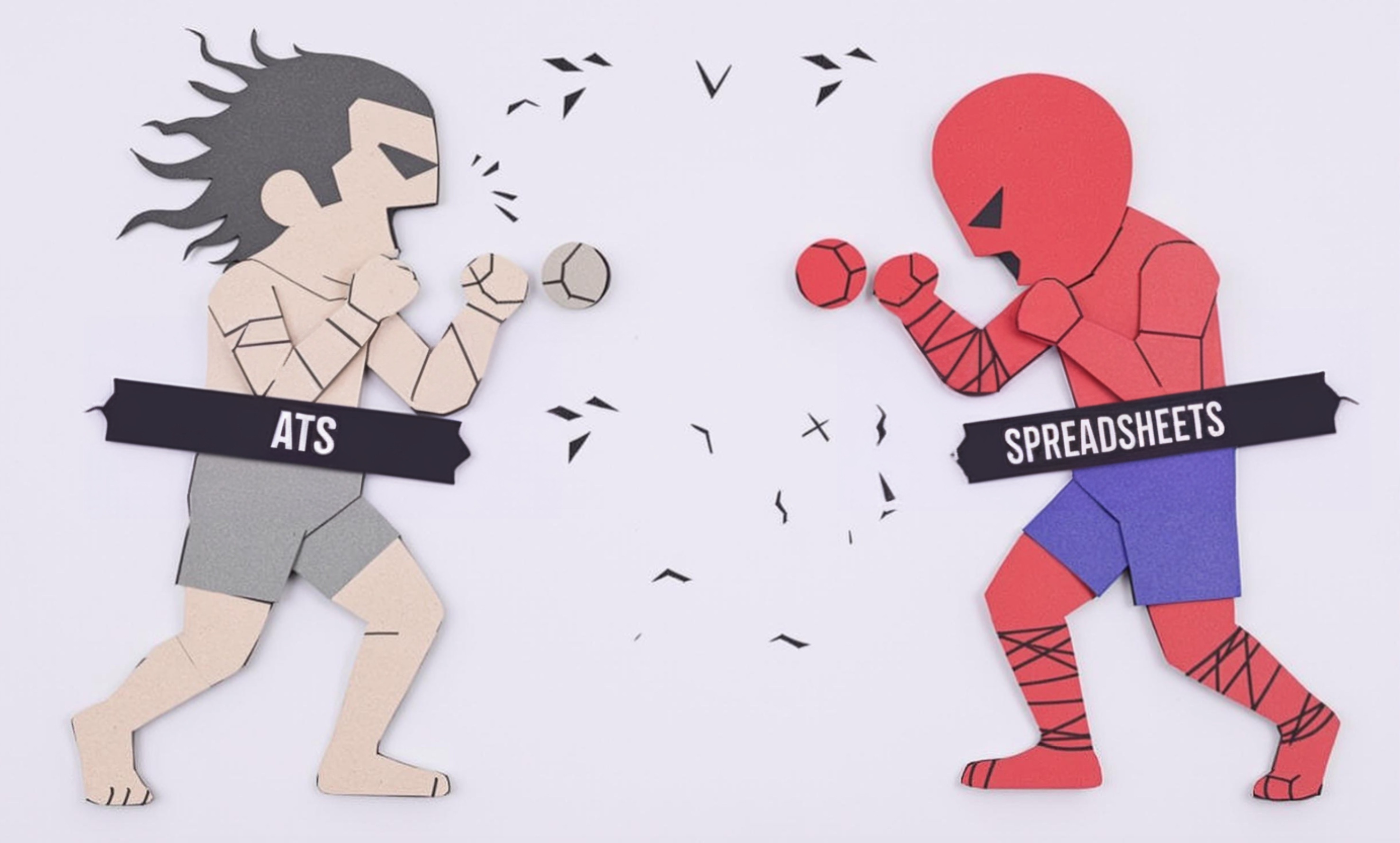
MSDS/SDS
MSDS (Material Safety Data Sheets) or SDS (Safety Data Sheets) are important documents that provide detailed information about the potential hazards of chemicals and how to handle them safely in the workplace. They're like instruction manuals for dangerous materials. The term "MSDS" is older, while "SDS" is the newer, globally standardized version. Both terms mean the same thing - documents that help keep workers safe when dealing with chemicals. These sheets are required by law in most countries and are essential for any workplace that handles chemicals or hazardous materials.
Examples in Resumes
Maintained and updated MSDS/SDS database for 500+ chemical products
Trained staff on proper interpretation of Safety Data Sheets and chemical handling procedures
Implemented digital SDS management system for easy access across multiple facilities
Typical job title: "Safety Specialists"
Also try searching for:
Where to Find Safety Specialists
Professional Organizations
Online Resources
Job Boards
Example Interview Questions
Senior Level Questions
Q: How would you implement a company-wide SDS management system?
Expected Answer: Should discuss digital systems, training programs, accessibility considerations, updating procedures, and compliance with regulations. Should mention methods for ensuring all employees can access and understand the information.
Q: How do you stay current with changing safety regulations and ensure compliance?
Expected Answer: Should explain methods for tracking regulatory changes, implementing updates, and maintaining communication with regulatory agencies. Should mention staff training and documentation processes.
Mid Level Questions
Q: What key elements do you look for when reviewing an SDS?
Expected Answer: Should mention the 16 standard sections of an SDS, focusing on hazard identification, first-aid measures, handling and storage, and emergency procedures.
Q: How would you train employees on using SDS information?
Expected Answer: Should discuss creating simple training materials, hands-on demonstrations, regular refresher courses, and methods to verify understanding.
Junior Level Questions
Q: What is the difference between MSDS and SDS?
Expected Answer: Should explain that SDS is the newer, globally harmonized format while MSDS was the older standard, but both contain safety information about chemical products.
Q: Where should SDS documents be kept in a workplace?
Expected Answer: Should explain that SDS must be readily accessible to all workers, either in paper form or digital format, and discuss common storage locations and access methods.
Experience Level Indicators
Junior (0-2 years)
- Basic understanding of SDS formats and sections
- Ability to maintain SDS databases
- Knowledge of basic chemical safety principles
- Understanding of workplace safety regulations
Mid (2-5 years)
- Implementation of SDS management systems
- Employee safety training and education
- Chemical inventory management
- Hazard communication program development
Senior (5+ years)
- Program development and policy creation
- Regulatory compliance management
- Emergency response planning
- Safety audit and inspection leadership
Red Flags to Watch For
- Unfamiliarity with GHS (Global Harmonized System)
- No knowledge of basic chemical safety principles
- Lack of experience with safety regulations
- Unable to explain basic hazard communication concepts
- No experience with digital safety documentation systems
Related Terms
Need more hiring wisdom? Check these out...

Building an Unshakable ATS Data Governance Framework: A Guide to Protecting Your Recruitment Goldmine

Addressing Mental Health in the Workplace: A Guide for Forward-Thinking Leaders

Why Your Hiring Spreadsheets Are Secretly Sabotaging Your Recruitment

